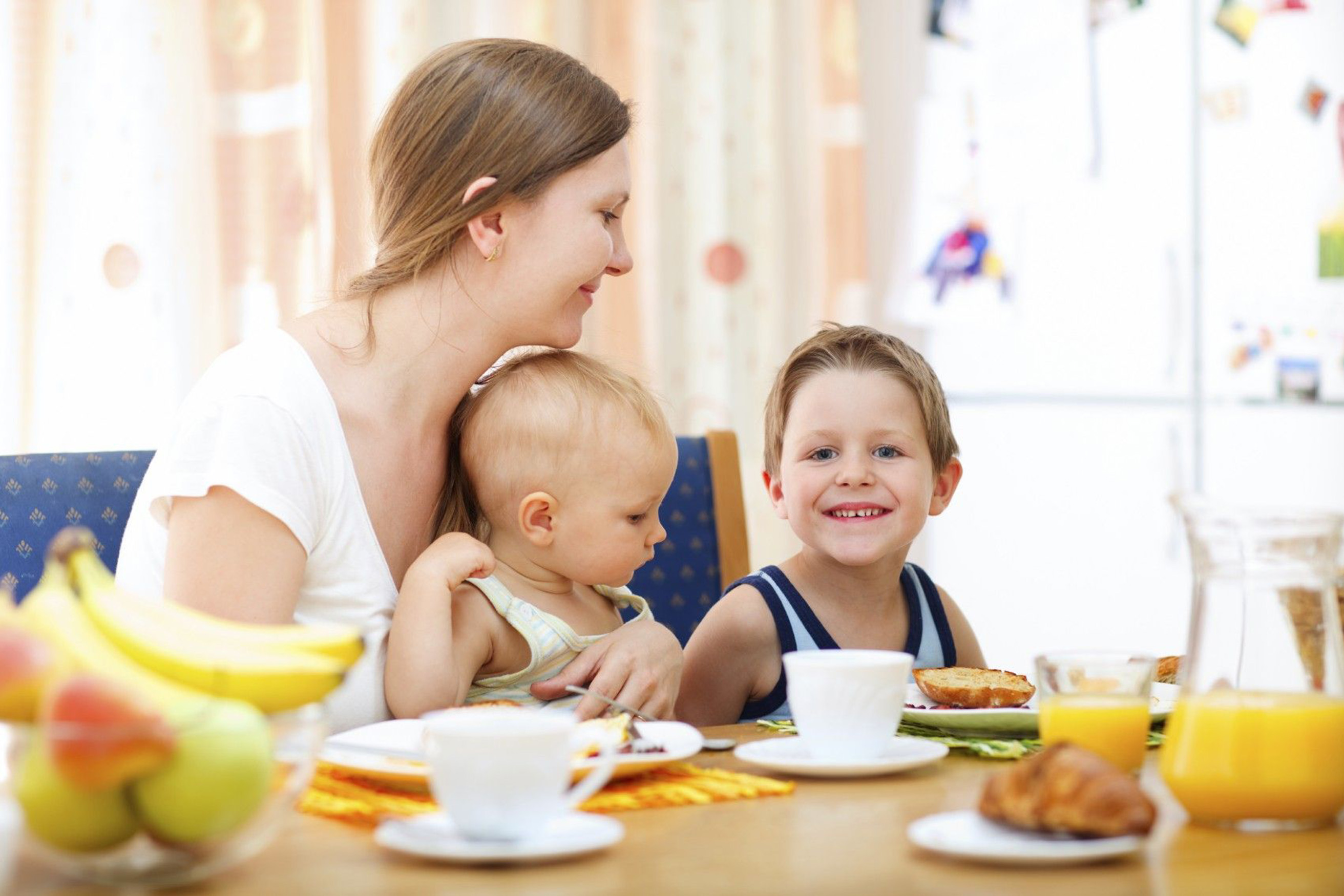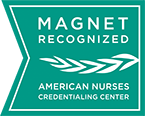Use the strategies you have learnt in your everyday routines
Everyday routines are great opportunities for your child to learn language and concepts (e.g. big and little; up and down; in, on and under; wet and dry). Routines provide predictability. Routines are familiar and help put your child at ease. Events and activities become less intimidating as your child will be able to predict what’s going to happen next. This helps children to connect language to the world around them. Routines let your child hear words used in the same situation again and again. This will make it easier for him/her to learn them due to the repetition and familiarity.

Daily routines also provide children with lots of opportunities to take turns. Cueing your child to turn take during a routine can be done by pausing and using facial expressions to show that you are expecting them to take a turn before continuing.
Everyday routines include daily tasks such as opening doors, bath time, getting dressed, snack time, and pack away time.
Encourage your child to take on a more active role in routines
In the beginning, the parent/caregiver does most of the work, such as pulling the t-shirt over the child’s head or putting toothpaste on the toothbrush and brushing the child’s teeth. However, as the child participates in the routine over and over with his parent, he gains confidence and his role changes. Gradually he does and says more. For example, he may even tell the parent what comes next or ask for what he needs. He may even suggest a routine (i.e. start it) or end it. As the child’s active participation grows, so does his independence and self-esteem. Everyday routines create opportunities to communicate and allow your child to initiate non-verbally or verbally.
Use a Mealtime Routine to Add Language
You can add language to familiar words in everyday mealtime routines, some examples include:
- If your child points, makes a sound or says “hot”, you could add “the tea is hot.”
- If your child says “more”, you could say “more apple. Eat more apple.”
Encourage Communication During Bath Time Routines
- Get face to face: Sit down on a stool or get in with them!
- Use fun words like ‘splash!’, ‘plop!’, ‘wee’
- Do something out of the ordinary: Put your child in the bath with no water, put them in the bath with clothes on, or pretend you can’t turn the tap on.
- Copy your child’s actions, sounds and words: Copy your child when they splash the water, lift their arms up, or fill and empty cups, for example.
- Bath time words: Introduce a range of regular bath time words, such as naming words (water, bubbles, body parts), action words (wash, dry), describing words (wet), basic concepts (in, under, big and little).
- Offer choices: E.g., “wash tummy or wash face?” or “in or out?”
Watch this short video to see how you can add language and songs to your snack time routine.
Let's watch...
By offering choices "do you want biscuit or cheese", by making comments "that's a big piece of cheese", she also emphasized or stressed the word big. Also by singing "yummy for your tummy" and rubbing her tummy at the same time.
Please, cheese, yummy
Describing words such as big and yummy. Number words such as one. Body parts such as tummy. Social words such as please and ta. Action words such as sit.
Caregiver Self Reflection
At home:
- What daily routines will you use the strategies in?
- Pick one daily routine, how will you adjust or change the routine to encourage your child to communicate?
- What will you do differently when modelling language to your child?




